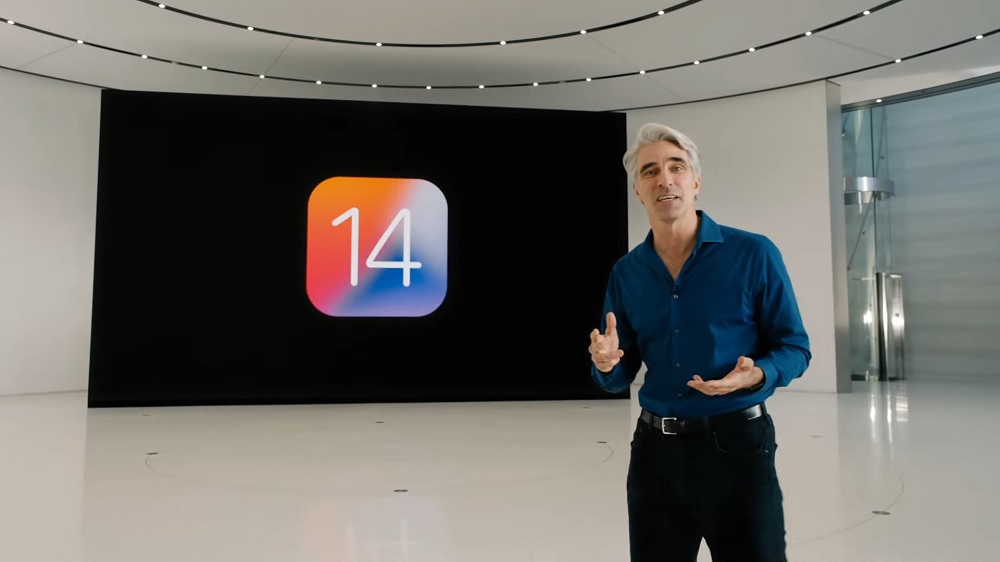Looks like Apple is not going back to using the name iPhone OS just yet. At its WWDC stream, the company announced iOS 14. This comes with a fair number of additions and improvements, as you’d expect with every new iteration.
The first one, and probably most important in terms of quality of life improvement, is the App Library. To put it very simply, this is Apple’s take on the Android app drawer, and it sits at the end of all of your home screen pages. Here, your iPhone intelligently groups your apps into automatically generated folders.
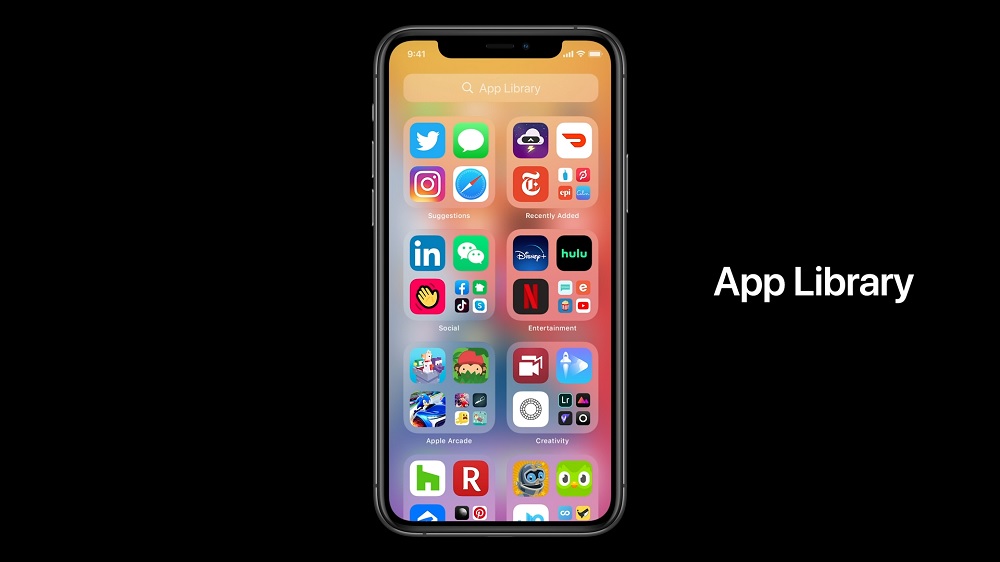
There are also two extra folders at the top, called Suggestions and Recently Added. The second one is self explanatory, but the first one is basically your iPhone predicting which app you’re about to need, and puts them there.
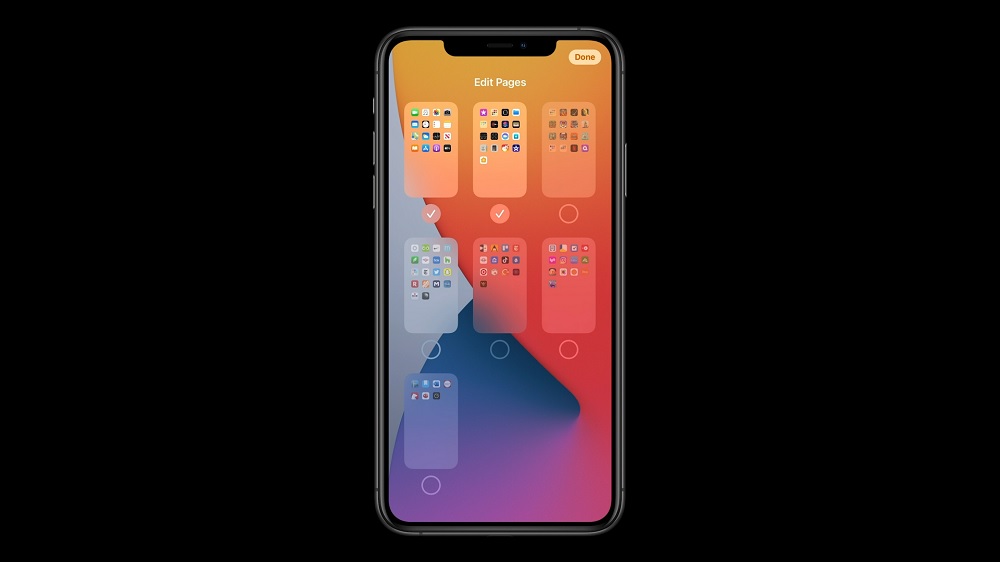
But what about all your multiple home screen pages with all your other apps still on your home screen? iOS 14 will give you the ability to hide individual pages. This lets you have your most frequently used apps on a few pages. This also lets you access the App Library, and by extension your other apps, more quickly.
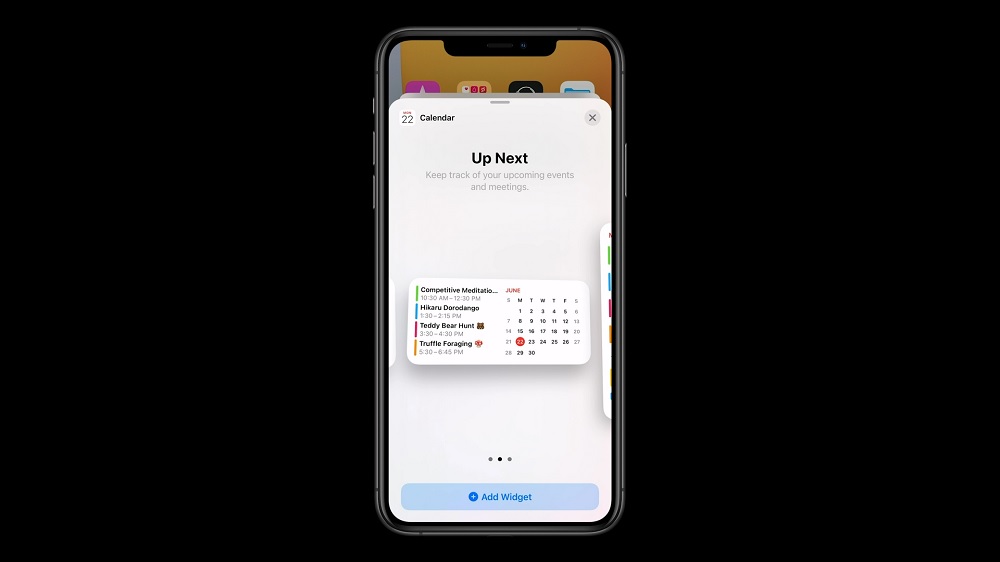
Widgets also get quite the improvement on iOS 14. You can have them in different sizes, showing you more information with the larger ones. The best addition though, is the Smart Stack. This is essentially all of your widgets stacked into one, and you can swipe through it to access them all.
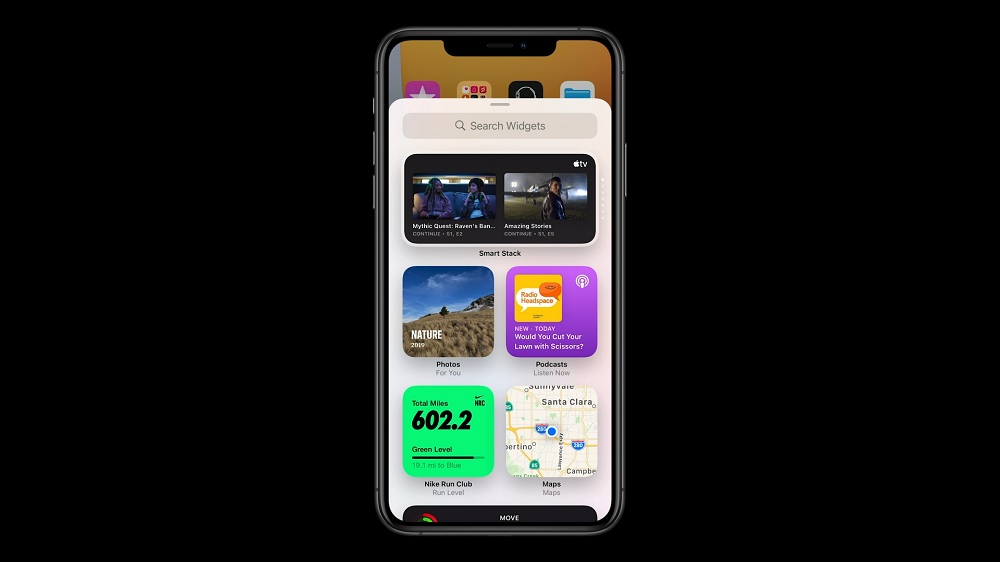
It also tries to predict which you need at any given time, and shows it to you. For example, it shows you the news or weather in the morning, and a summary of your physical activity at the end of the day.
There are other smaller, but still important improvements as well. For example, iOS 14 adds picture-in-picture mode for the iPhone, when it was previously an iPad-only thing. Siri is also less intrusive now when you bring her up. When you bring up the digital assistant, she appears only at the bottom of the display rather than taking the whole screen over.
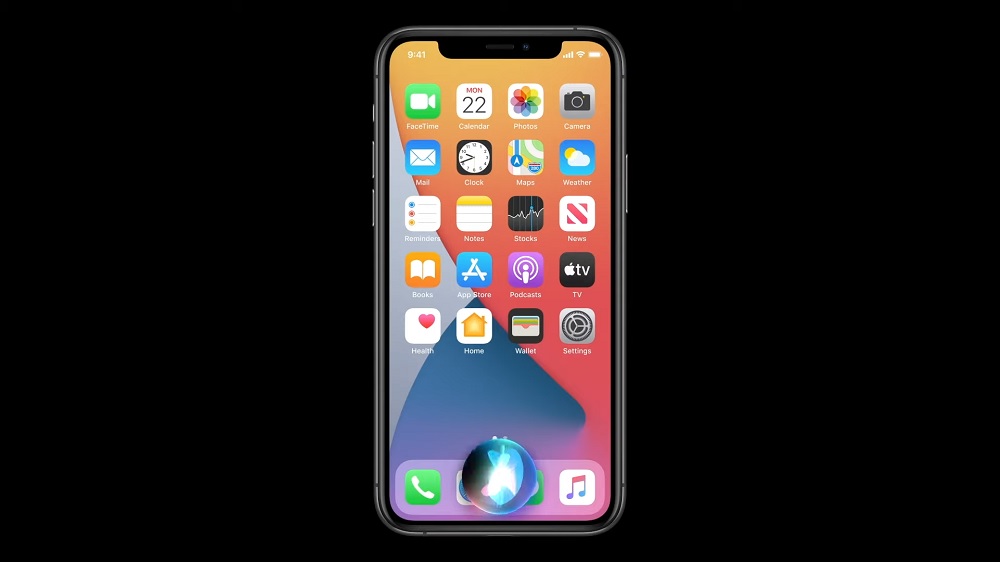
The iOS 14 also sees the addition of a new Translate app. It’s much like what you’ll get from Google’s offering. But one clear advantage Apple’s version has is that it works offline, using on-device machine learning.
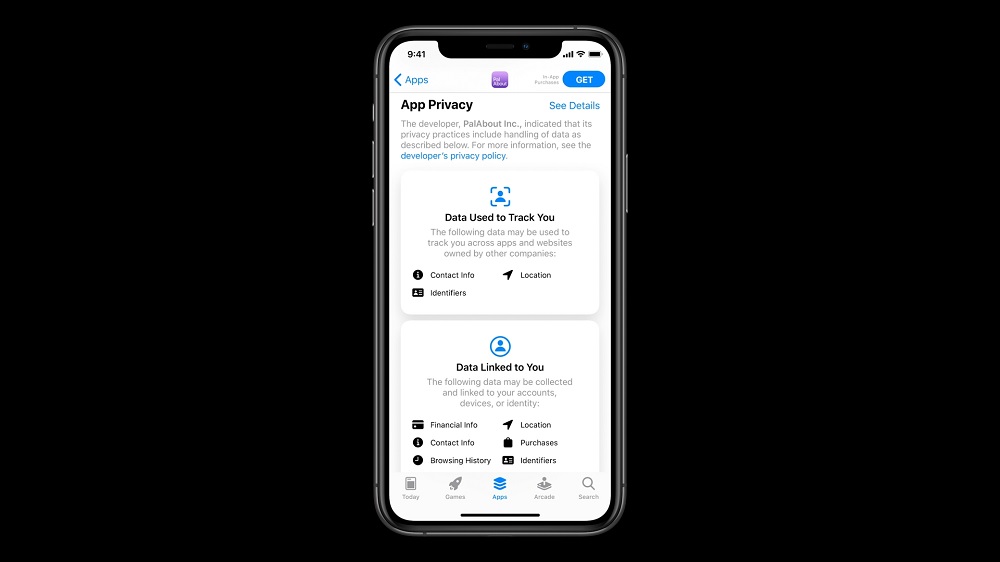
And then there’s an improved and simplified privacy policy for the App Store. With the new operating system, Apple wants app makers to clearly label what sort of data their app collects. This is also separated into data linked to you, and data used to track you.
It all sounds pretty great, and depending on your perspective, not that far away before it becomes available. iOS 14 is available now in its developer beta form, with public beta being available in July. And finally, it will get a general release on an unspecified date in fall.
(Source: Apple)
Follow us on Instagram, Facebook, Twitter or Telegram for more updates and breaking news.


